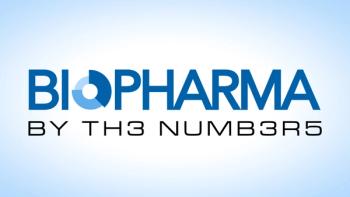
FDA Releases Facility Readiness Guidance
The guidance document provides information about the agency’s intentions for assigning a goal date for a facility’s inspection readiness under GDUFA.
FDA published a final guidance document on June 18, 2024 that provides applicants with information on FDA’s policy for assigning a goal date for a facility’s inspection readiness as certified on Form FDA 356h, submitted as part of an original abbreviated new drug application (ANDA) under section 505(j) of the Federal Food, Drug, and Cosmetic Act (FD&C Act) (21 U.S.C. 355(j)). The way the agency incorporates a program enhancement agreed upon by both the agency and industry is explained in the guidance document.
A goal date was assigned without consideration to facility readiness in the commitment letter related to Generic Drug User Fee Amendments (GDUFA) authorization for fiscal years 2018–2022. A later commitment letter (GDUFA III) established the incorporation of facility readiness into the goal date assignment. FDA now generally assigns a 15-month goal date and will defer assessment if the facility is not ready at the time the application is submitted. Because FDA may not be able to complete assessment of an application until all facilities are ready, the change allows the agency to focus resources on substantially complete applications that have facilities ready for inspection.
The final guidance,
According to the document, “FDA uses a facility’s readiness for inspection designation in the Establishment Information section of Form FDA 356h to assign an application’s goal date” and considers a facility ready when it complies with current good manufacturing practices (CGMPs). Facilities should have operations, methods, and product formulation that match those described in the application. Data should be complete, accurate, and consistent with the application. The facility should also be ready for commercial manufacturing. FDA assesses these criteria by using Compliance Program (CP) 7346.832 Preapproval Inspections. Considerations in CP 7346.832 (Part III, section 1, NDA/ANDA Inspectional/Audit Coverage, Objectives, and Techniques) may be useful for applicants. Recommendations are also provided by FDA in the January 2022 guidance, Good ANDA Submission Practices, section V.D., Facilities.
“FDA has experienced cases where facilities were not aware they were listed on Form FDA 356h. This often results in a greater likelihood that a facility will be unprepared for an inspection. FDA recommends that applicants notify each facility that the facility is listed on the applicant’s Form FDA 356h and inform the facility whether the applicant has checked the “yes” or “no” box in the Establishment Information Field 28 of Form FDA 356h to identify the inspection readiness of each manufacturing or testing facility listed. When signing Form FDA 356h, an applicant certifies that the information in the application is complete and accurate. Inaccurate representation of facility readiness may cause a delay in or refusal to approve an application,” the agency states in the document.
The guidance document discusses how to report facility readiness to FDA. It also details how a goal date is assigned based on the completed Form FDA 356h in the ANDA.
Source:
Newsletter
Stay at the forefront of biopharmaceutical innovation—subscribe to BioPharm International for expert insights on drug development, manufacturing, compliance, and more.





